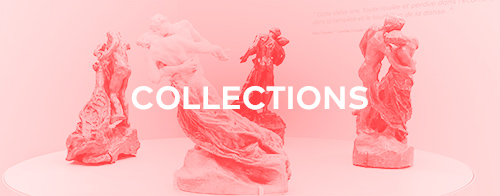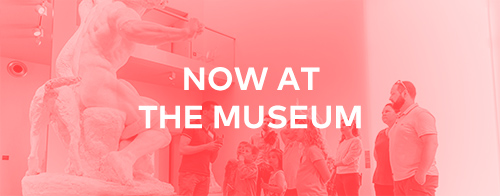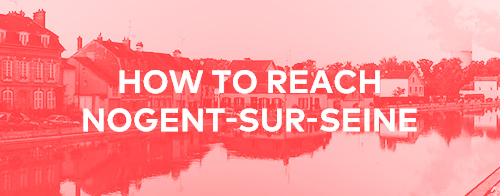Archaeological remains
At the beginning of the 20th century, collectors were captivated by archaeological remains, although they were usually nothing more than objects of curiosity. When the museum opened in Nogent-sur-Seine, several donors contributed a variety of artefacts to the collection, some of which disappeared during the Second World War. In 1962, André Lemoine founded the Groupe Archéologique du Nogentais (the Nogent Archaeological Group). This was a pivotal period for the emergence of archaeology as a scientific discipline and the excavations carried out by the GAN took advantage of the latest techniques, notably through aerial surveys. To preserve the discovered furniture, the GAN was granted a room in the former museum, which was closed to the public at the time. In return, they agreed to assist in the reopening of the museum, which finally took place in 1974. In 1978, a young archaeologist, Jacques Piette, was appointed curator. He undertook extensive excavations in the Nogent area up until the 1990s, and made substantial contributions to the museum’s collections. Approximately 9,000 artifacts or collections of artifacts are now preserved in the Camille Claudel Museum. Some remarkable sites include the tombs and dwellings at Les Grèves de Frécul (Neolithic), the funerary complex at Barbuise-La Saulsotte (Final Bronze Age), the Gallic sanctuary at La Villeneuve-au-Châtelot (Iron Age) and the pottery workshops excavated in the same commune (Gallo-Roman period).



